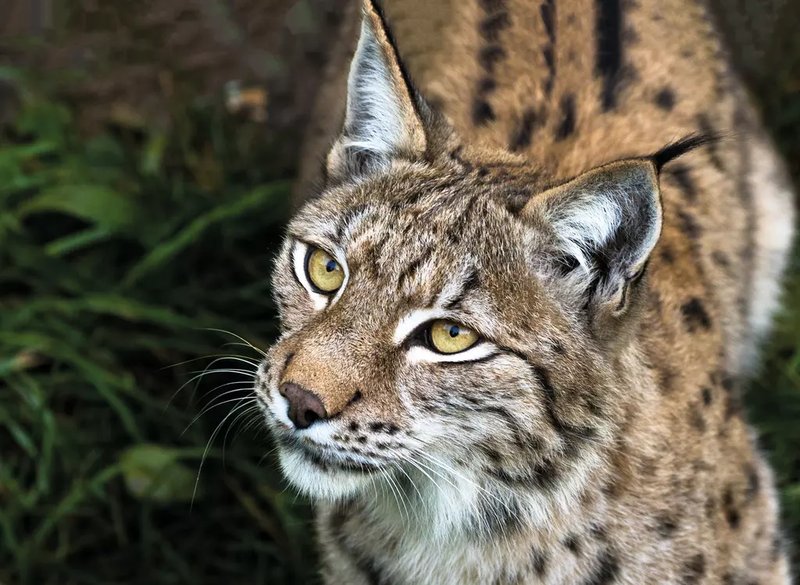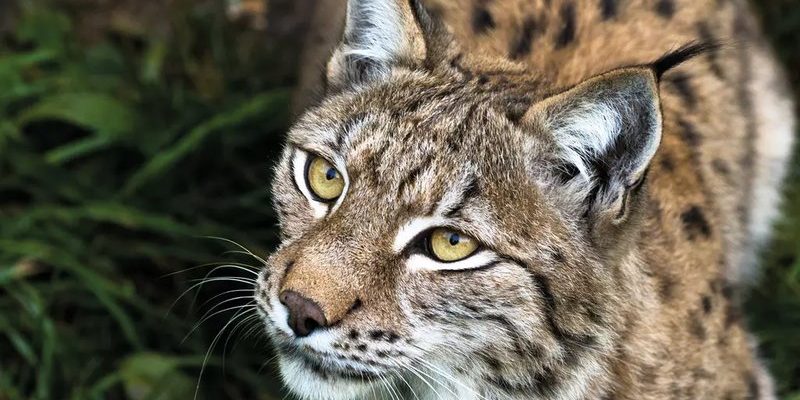
Think of the Eurasian lynx as a skilled conductor in an orchestra, ensuring that everything runs smoothly. Without this magnificent feline, the harmony of its ecosystem could be thrown out of tune. Let’s dive deeper into the world of the Eurasian lynx and explore why it matters so much.
What is the Eurasian Lynx?
The Eurasian lynx is a medium-sized wild cat found primarily in Europe and Asia. Characterized by its tufted ears, short tail, and striking spotted fur, this animal is adapted to various habitats, from snowy mountains to dense forests. It’s a solitary creature, preferring to roam alone and establish its territory.
One fun fact about the Eurasian lynx is its impressive hunting skills. These cats can take down prey that’s much larger than themselves. They primarily hunt ungulates like deer, which helps regulate these populations, ensuring that the environment doesn’t become overgrazed. The lynx’s sharp eyesight and excellent stealth make it a fantastic predator.
The Lynx as a Top Predator
In every healthy ecosystem, there are levels of predators, and the Eurasian lynx sits near the top. By keeping populations of herbivores like deer in check, it prevents these animals from overbrowsing vegetation. If too many deer roam a forest, they can strip away young trees and plants, which disrupts the entire ecosystem.
Imagine a garden. If you only have a few plants, they can thrive, but if you let the weeds grow wild without control, they’ll choke out the flowers. That’s similar to what happens in nature without predators like the lynx. By maintaining this balance, the lynx supports the growth of a diverse range of plant species, which in turn supports other wildlife.
Impact on Biodiversity
The presence of the Eurasian lynx contributes to biodiversity in significant ways. Biodiversity refers to the variety of life in a particular habitat, and it’s important for stability and resilience against environmental changes. When the lynx hunts its prey, it allows other animal species to thrive by preventing any one group from becoming too dominant.
For example, when deer populations are controlled, smaller mammals and birds can flourish as they have access to resources like food and shelter. More diverse plant and animal species lead to healthier ecosystems, which can better withstand events like climate change or disease outbreaks.
Healthy Ecosystems and Lynx Conservation
Unfortunately, the Eurasian lynx faces threats from habitat loss, poaching, and prey availability. Conservation efforts are crucial in ensuring that this magnificent cat thrives in the wild. When we protect lynx populations, we’re also protecting the ecosystems they inhabit.
Many areas are implementing conservation strategies to safeguard the lynx, focusing on habitat restoration, creating wildlife corridors, and enforcing hunting regulations. It’s essential to remember that when we invest in the well-being of one species, we’re fostering the health of the entire environment.
The Lynx’s Role in Cultural Heritage
Beyond its ecological significance, the Eurasian lynx also holds cultural importance in many regions. For various communities, the lynx symbolizes strength, independence, and a connection to nature. In folklore, this cat often features as a wise and cunning creature, reminding us of the importance of respecting nature and its inhabitants.
Preserving the Eurasian lynx is not just about protecting an animal; it’s about honoring the stories, traditions, and cultural richness that surround it. By ensuring that this species remains part of our natural world, we keep these narratives alive for future generations.
As we’ve explored, the Eurasian lynx plays a multifaceted role in its ecosystem. From being a top predator that helps maintain balance to supporting biodiversity and holding cultural significance, this feline is a vital component of its environment. Protecting the lynx isn’t just an act of conserving wildlife; it’s an investment in the health of our planet.
So next time you think about nature, remember that every creature, big or small, has its place. The lynx may be one of the more elusive members of the animal kingdom, but its impact resonates throughout the ecosystem. By recognizing its importance, we can all contribute to a healthier, more harmonious world.

